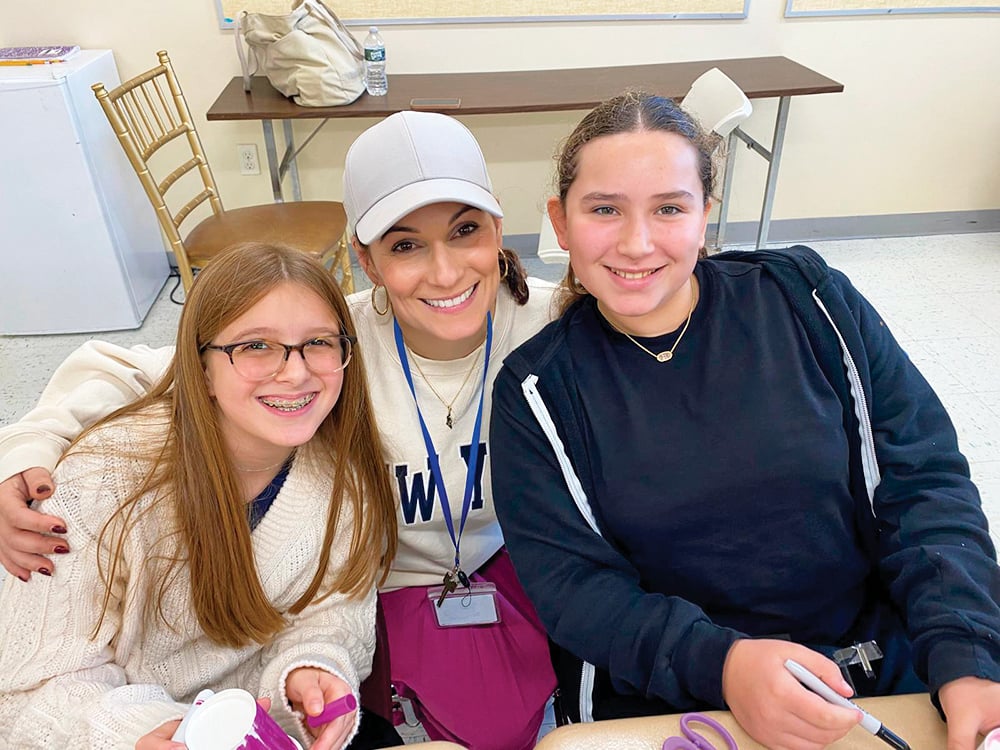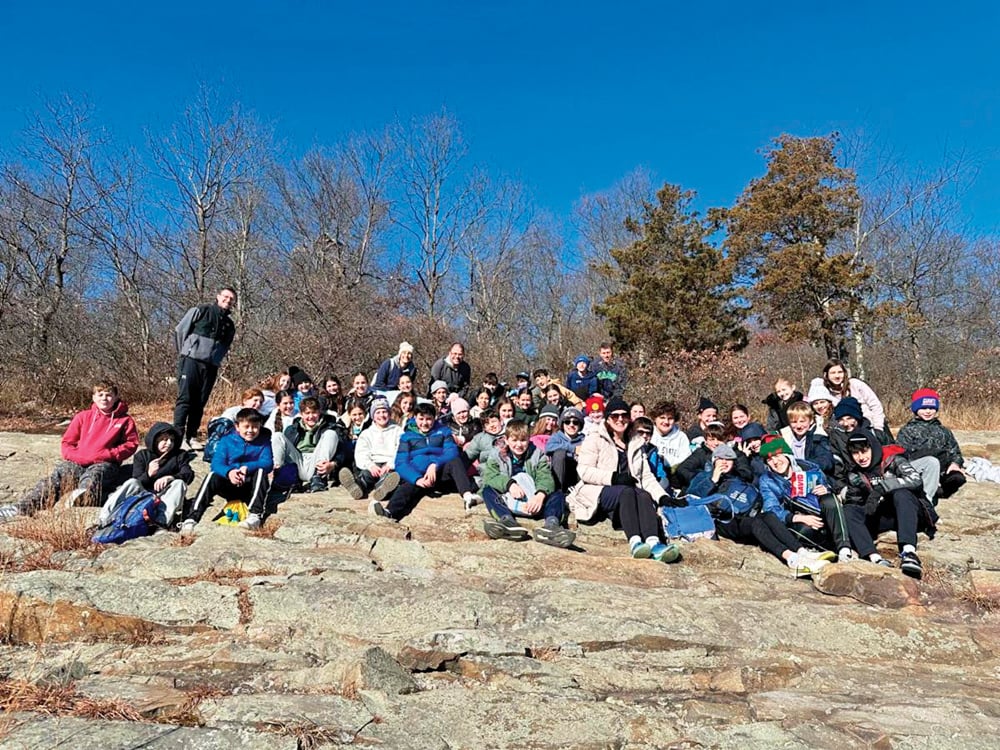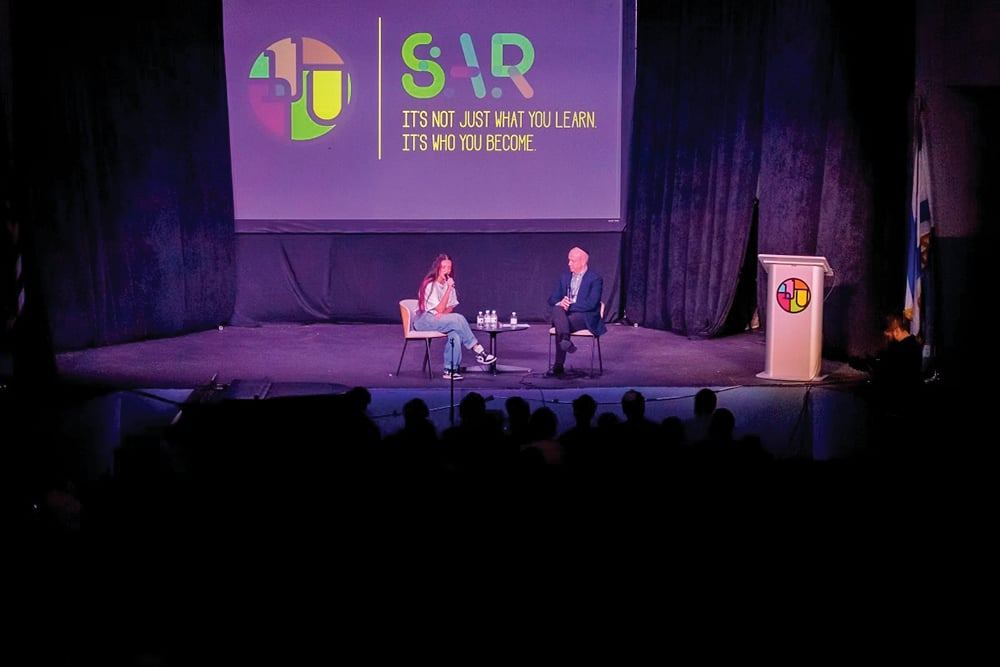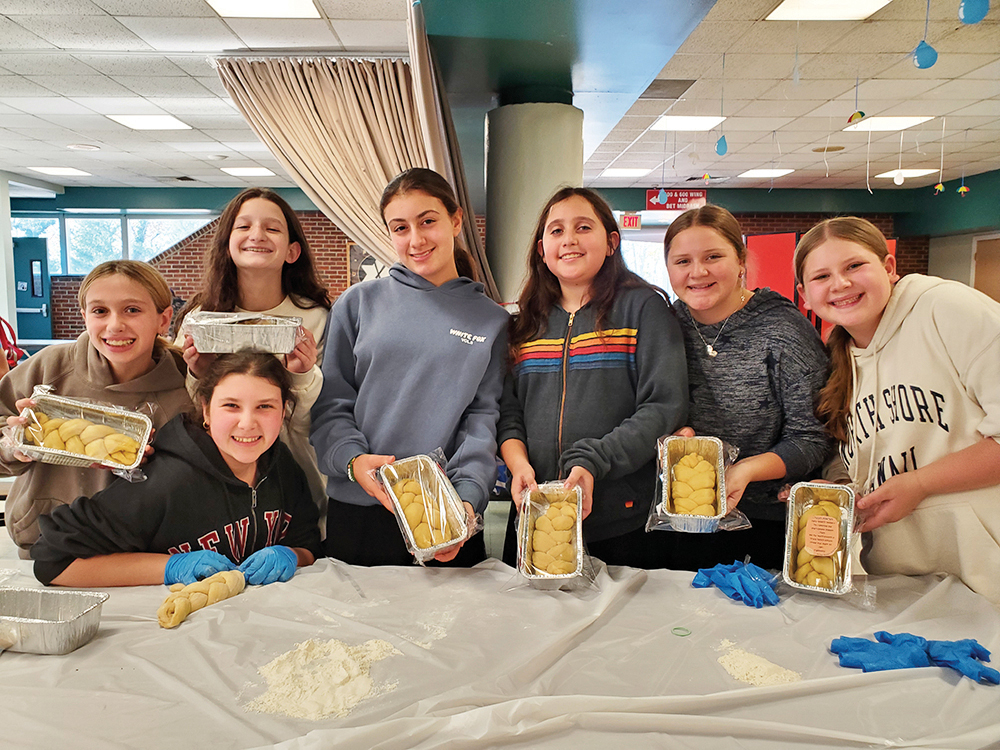The shiva period for our daughter was an intense but comforting experience. It gave us time to reflect on our daughter’s short but meaningful life. It also brought together my wife and my son and his family in a positive way that I had never before experienced.
Below are some of the things I learned during the shiva period … about our daughter … about death and the mourning period … and about the important things in life. I’d like to acknowledge my wife Sharon and my son Yosef, who contributed greatly in developing these thoughts.
1) The Jewish religion definitely does death rituals right. When we suddenly learned about Tova’s tragic passing, we had to quickly make arrangements for a funeral service and burial. Fortunately, the Jewish religion exempts one from performing any positive commandments in order that one focus on the necessary tasks at hand. The requirement to bury the deceased as soon as possible allows for closure and makes sound psychological sense. The shiva period, where we surrounded ourselves with friends and family for seven days, helped us to learn so many new things about Tova that we did not know and gain the comfort we were looking for in celebrating her life.
2) I have a newfound respect for the role of our clergy. We are fortunate to be members of two shuls in our community, with three outstanding rabbinic leaders who helped to navigate us through the difficult period of learning about Tova’s death, arranging a funeral and burial, and making sure all the details were taken care of during the shiva. When we told Rabbi Daniel Cohen, morah d’asrah of Congregation Agudath Sholom in Stamford, that our daughter was in critical condition in the ICU at 11 p.m. on a weeknight, he rushed to the hospital and was there with her at a time when we were unfortunately 1,000 miles away. He also helped us plan a beautiful funeral service, at which 500 people attended. All three rabbis visited us during our shiva, and learned a Mishna in Tova’s memory at each and every davening service we had in our home. But what’s most mind-boggling to me is that our clergy perform these tasks during the course of a year for dozens and dozens of other individuals. The next time you might take issue with your rabbi’s sermon, or become frustrated with some other minor thing he may have done, keep in mind that he is intimately involved in helping many folks get through the most difficult period of their lives.
3) Woody Allen was right—80 percent of success in life is just showing up. And there were a lot of people we never dreamed would show up who were there for Tova’s funeral and for our shiva—from Seattle, Phoenix, Houston, Miami, Cleveland, Columbus, Baltimore … from London … from Jerusalem. What they said to us during the funeral and shiva was not that important; what was more important was that they were simply present.
4) By far, the most common phrase we heard—both in conversation and in emails and text messages we received—was the following: “There are no words.” Yes, there are no words to explain why an otherwise healthy 35-year-old woman’s heart should suddenly stop beating, and truthfully, we were not looking for any words to explain the age-old theological issue of why bad things happen to good people. However, we were indeed fortunate that there was an overflow of words that people shared with us about Tova’s incredible life, which provided us great comfort during the shiva period. Words truly mattered when they were words strung together to tell stories about Tova.
5) The second most common phrase we heard was the following: “I cannot imagine …” We don’t want anyone to imagine what it’s like to lose a child so young.
6) We learned a new phrase that Sephardim recite when leaving a shiva house: “Min hashamayim tenuchamu” (May the heavens comfort you). Our son Yosef liked this phrase better than the traditional Ashkenazic “Hamakom” and we included it as part of the sign above our shiva seats to encourage those who might want to say the phrase upon leaving our home. As to the more popular “Hamakom” phrase, I have often wondered why we use the plural “etchem” as opposed to the singular “oto,” even when we are comforting an individual person. I think that in many cases, the larger community needs to be comforted—certainly in Tova’s case, this was a community loss, so when visitors used the plural word in their greeting to me, it still felt highly appropriate.
7) I had previously learned that those who are at a shiva home to comfort the mourners should not initiate conversation with the mourners, and instead wait for the mourners to speak first. Sharon, Yosef, and I spoke a lot about Tova, and there was rarely a lull in the conversation. During the rare moments when there was silence, I would ask the folks who were present to share stories about Tova—and they did. We are very glad that so many individuals spoke about Tova at the shiva, as we learned an enormous amount of new information about her life—and the impact she had on so many people.
8) After the final morning minyan of shiva, we were told that we could immediately get up and take a walk around the block, to reorient ourselves to daily life. However, we found that difficult and hung on to some more memories of Tova and sat for an additional hour. We found it hard to leave her, as the shiva focused 100 percent on Tova. But we understand the need to eventually end the formal shiva period and reenter the real world without her. It’s still extremely difficult, but each day gets a little bit easier.
9) As mentioned, there were lots of new things we learned about how Tova touched so many different people during her life. I wish I had taken notes or recorded some of the stories that were shared—I don’t know how much longer I am going to be able to rely on my own memory.
10) Tova was famous for taking beautiful sunrise and sunset photos that she posted on social media. During the shiva, at least a dozen people sent us a photo of a sunrise or sunset they witnessed, suggesting that this somehow was a sign that Tova’s neshama was still present. While it’s nice to receive these photos, and to know that Tova has triggered these observations, it does bring up an important point. The individuals who sent us the sunrise and sunset photos might associate what they had seen with Tova’s recent death. However, the truth is that those sunrises and sunsets were there beforehand. Tova was simply able to pause for a moment—and always see the beauty in nature, take a photo, and share the beauty with others. She didn’t need the trigger that most other people need to pause and recognize this beauty. It was innate. For that ability that she possessed, we are all blessed.
May her soul be bound up in the bond of eternal life.
Michael Feldstein is a contributing editor for The Jewish Link. He owns his own marketing consulting firm, MGF Marketing, and can be reached at [email protected].













